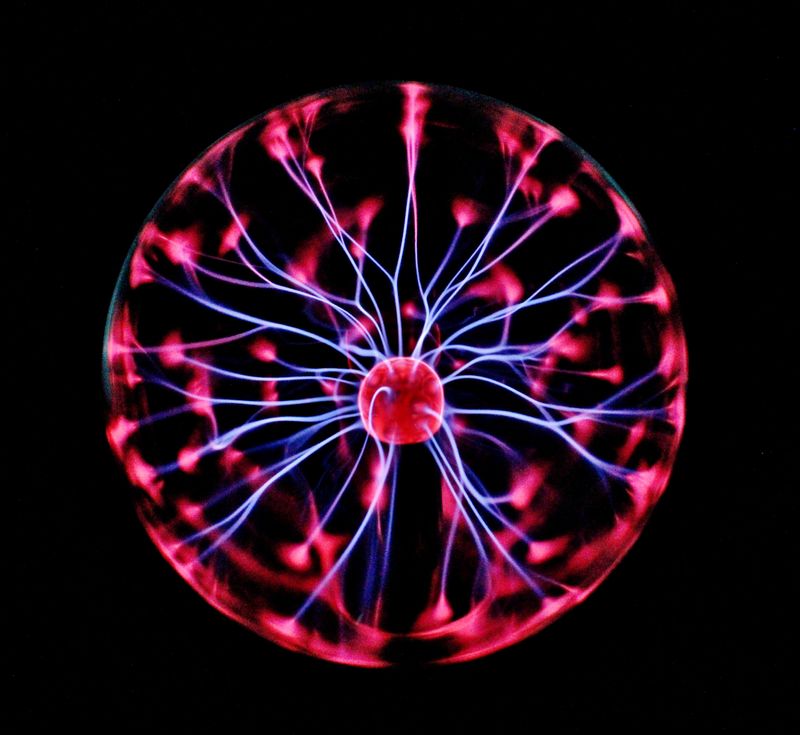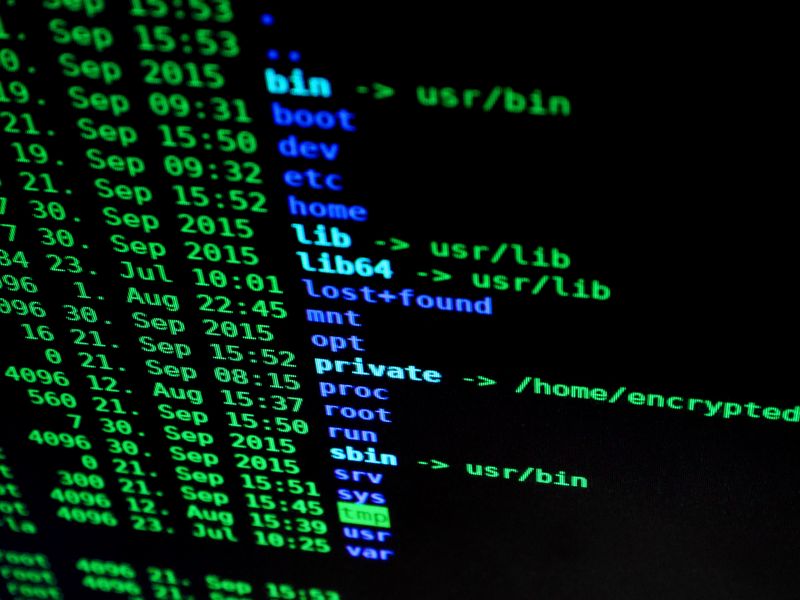Computer engineers at the University of Illinois Chicago (UIC) have been exploring quantum physics to develop a more secure way of wireless device identification and device-to-device communication. The method used by UIC scientists is inspired by quantum physics and uses a unique and random digital fingerprint to develop a hardware encryption system that is virtually impossible to break. The traditional radio frequency identification systems use encrypted keys stored inside memory chips that are vulnerable to attack. In contrast, the system proposed by the UIC researchers uses a mathematical approach to identify exceptional points in radio frequency systems. These systems are used by the key cards, fobs, and other devices that unlock or communicate with nearby sensors.
The basis of the whole system lies in the unique characteristics of quantum physics, which describes systems where precise measurement is difficult or impossible—a quantum state describes a parameter space or range of possible measurements. Within these states, there exists exceptional points where the uncertainty of the system is at maximum. These points are well suited for cryptography because the more uncertain the system, the more secure it is. The researchers figured out a mathematical way to identify these exceptional points in radio frequency identification systems.
The researchers created RFID lock-and-tag devices that utilize the exceptional point algorithm to create a secure signal. In the new system, every piece of hardware is slightly different due to small variations during the fabrication process. Thus, each RFID device produces its own unique digital fingerprint due to the increased uncertainty at the exceptional point.
According to Pai-Yen Chen, the lead researcher of the project, and an associate professor of electrical and computer engineering at the UIC College of Engineering, every RF circuit can operate near the exceptional point, and they demonstrated it with a unique wireless identification system. After thousands of simulations, the researchers found that they couldn’t locate two identical digital fingerprints, passing National Institute of Standards and Technology (NIST) randomness tests and machine learning-based attacks.
In conclusion, the new method could help secure a variety of wireless communication tools, from key fobs to Bluetooth speakers in a cost-effective and versatile way. “This lightweight and robust analog PUF structure may lead to a variety of unforeseen securities and anti-counterfeiting applications in radio-frequency fingerprinting and wireless communications,”the authors write in their report.
The researchers’ study paper titled “Spectral sensitivity near exceptional points as a resource for hardware encryption” is published in Nature Communications.

<< photo by Random Institute >>
You might want to read !
- Why slow response to security gaps in cryptocurrencies may prove detrimental, warn researchers
- “Unveiling the Vulnerabilities of AMD’s fTPM: A Critical Security Flaw”
- US-Europe Law Enforcement Coordination Yields 300 Arrests in Dark Web Drug Crackdown
- The Power of Location Intelligence in the Fight Against Disinformation
- Australia’s Cybersecurity Strategy Needs a Comprehensive Review to Tackle Emerging Threats, Rather Than Imposing Bans on Social Media Apps
- Ransomware attack hits Dallas police and courts websites, raising cybersecurity questions




